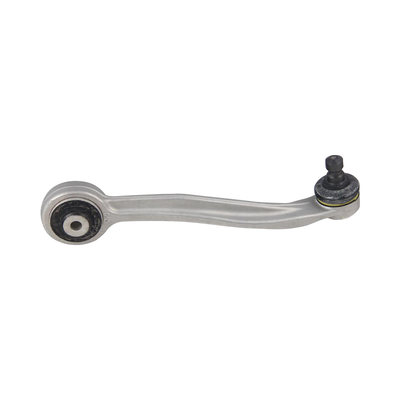Car control arm structure
1, stabilizer link
When the suspension is installed, one end of the stabilizer bar link is connected to the stabilizer bar through a rubber bushing, and the other end is connected to the control arm or barrel shock absorber through a rubber bush or ball hinge. The stabilizer bar link is symmetrical in the selection. Use it to improve the stability of operation.
2, tie rod
When the suspension is installed, the rubber bushing at one end of the tie rod is connected with the frame or body, and the rubber bushing at the other section is connected with the wheel hub. This type of control arm is mostly used in the multi-link suspension of automobiles and the tie rod of the steering system. It mainly bears the lateral load and guides the movement of the wheels at the same time.

3, vertical rod
Longitudinal rods are mostly used in drag-type suspensions to transmit traction and braking force. The arm body is formed by stamping.
4, single control arm
This type of automobile control arm is mostly used for multi-link suspension. Two single control arms are used together to transmit the lateral and longitudinal loads from the wheels.
5, fork (V)-shaped arm
This type of automobile control arm is mostly used for the upper and lower arms of the double wishbone independent suspension or the lower arm of the McPherson suspension. The fork-shaped structure of the arm body mainly transmits the lateral load.
6, triangle arm
This type of car control arm is mostly used in the lower arm of the front suspension McPherson suspension to transmit lateral and longitudinal loads and control the relative movement of the wheels and the body.


 英语
英语 中文简体
中文简体











